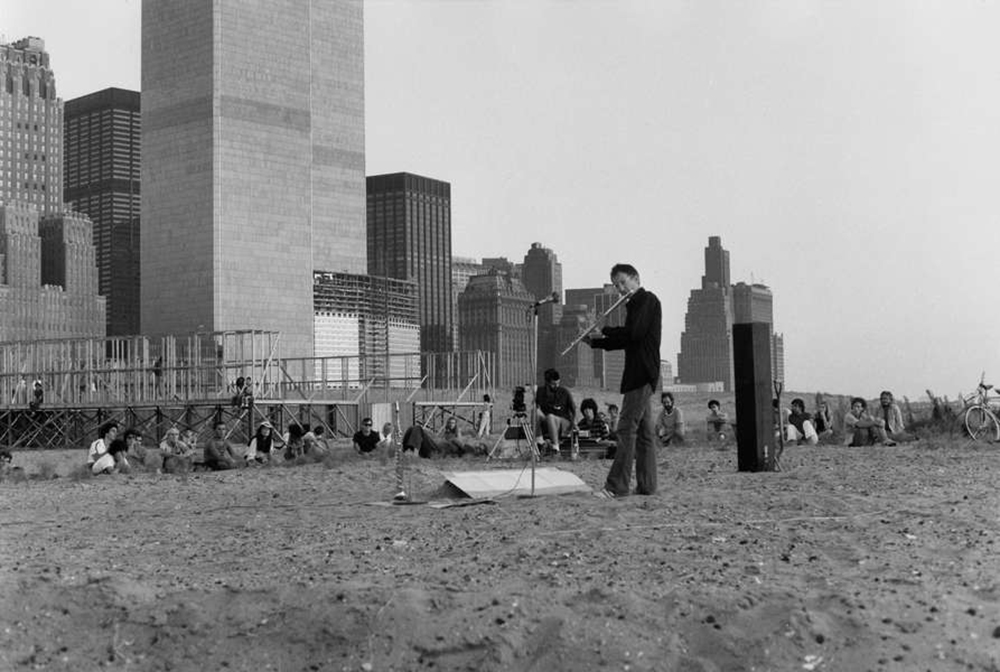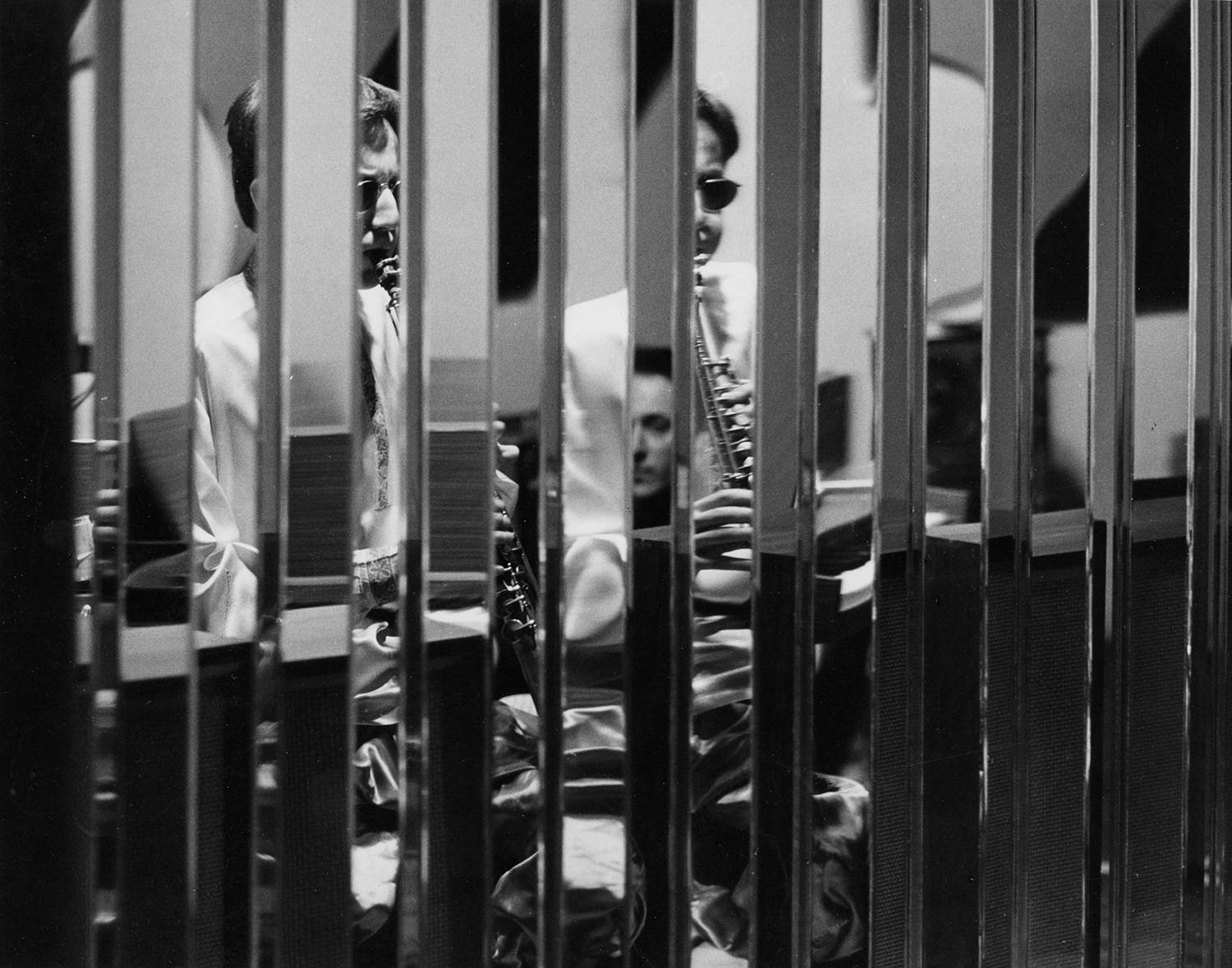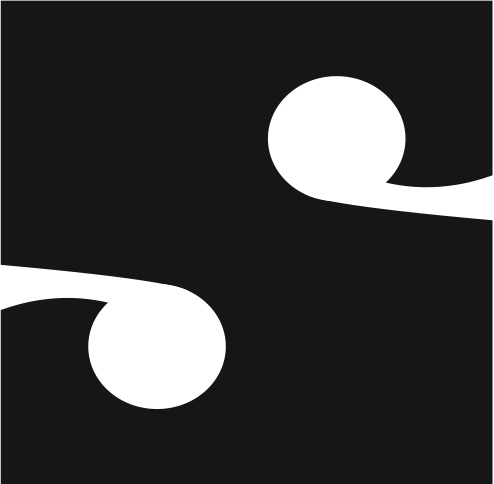Jon Gibson
Since the mid-1960s, Jon Gibson has played a key role in the development of American avant-garde music. No other artist has performed in the world premieres of Terry Riley's "In C," Steve Reich's "Drumming," and Philip Glass' "Einstein on the Beach," three major works that changed the course of musical history. While his expertise on woodwind instruments made Gibson a go-to collaborator in Reich's, Glass', and La Monte Young's ensembles, less known are his remarkable contributions as a composer and visual artist.
Visitations, Gibson's first release under his own name, originally appeared on the Chatham Square imprint in 1973. Inspired by the books of Carlos Castaneda, Gibson departs from the structured repetition of his minimalist peers and takes the listener on an aural journey – spanning organic field recordings, ambient flutes and synthesizers, and free-flowing textures. Visitations' two side-long tracks are at once solemn and unsettling, making this an astonishing debut that firmly establishes Gibson as a pioneer in his own right.
For his second album, Two Solo Pieces, Jon Gibson forgoes the dense, multi-layered timbres of Visitations in favor of simple textures and tone. While Two Solo Pieces serves up further evidence of Gibson's centrality to American minimalism – witness its inclusion in Alan Licht's famed Minimal Top Ten list – this profoundly intimate record also reveals the beauty of enclosed spaces and infinite harmonic vistas. As its unadorned title suggests, Two Solo Pieces consists of a pair of side-long tracks featuring the composer alone. While "Cycles," an iridescent improvisation on organ, achieves a downright eerie sense of expansiveness, Gibson's captivating alto flute on "Untitled" draws the listener inside the instrument itself.


